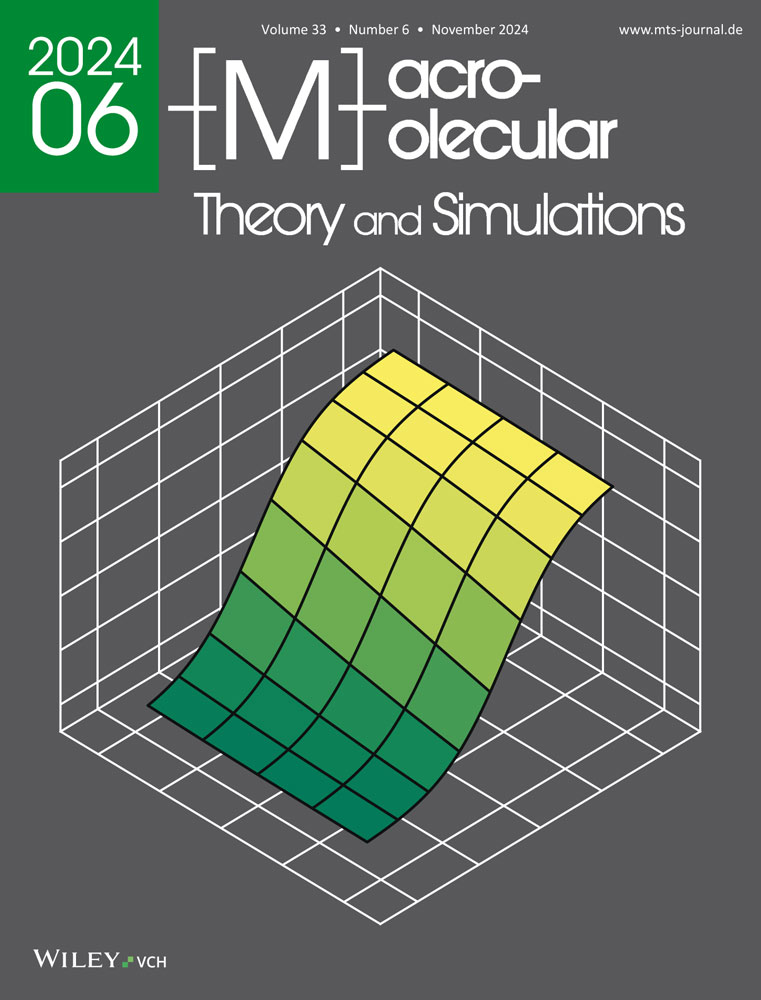Effect of Hydrolyzed Polyacrylamide on the Emulsion Stability by Multiple Light Scattering and Molecular Dynamics Simulation
Abstract
Polymer flooding, using hydrolyzed polyacrylamide (HPAM), is crucial in enhanced oil recovery technology. The effect of the HPAM and NaCl concentration on the stability of the simulated emulsions was assessed through multiple light scattering experiments. The results demonstrated that HPAM significantly enhanced the stability of both oil-in-water (O/W) and water-in-oil (W/O) emulsions. The HPAM concentration escalated from 200 mg L−1 to 1000 mg L−1, increasing from 1.24% to 1.31% at 60 minute in the average backscattering of W/O emulsions. The average transmittance of O/W emulsions exhibited a significant decline from 2.54% to 0.12%. The NaCl concentration had a small effect on the stability of the emulsions. Molecular dynamics simulations revealed that HPAM adsorbed at the oil water interface by the point-like nature, with stronger interaction between its amide group and the oil molecule than its carboxyl group. The hydrogen bond number and the hydrogen bond lifetime of HPAM-H2O and HPAM-HPAM increase with increasing the number of HPAM molecules at the oil-water interface, slowing diffusion coefficient of water molecules and increasing the interface thickness. Increasing salinity can weaken the HPAM-water interaction, reducing the emulsification stability. This work provides insights into the emulsification characteristics and mechanisms of HPAM.
Conflict of Interest
The authors declare no conflict of interest.
Open Research
Data Availability Statement
The data that support the findings of this study are available from the corresponding author upon reasonable request.




